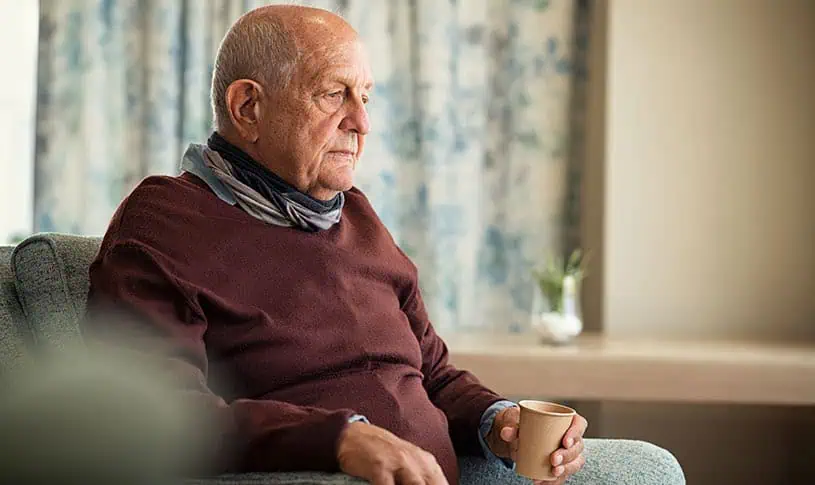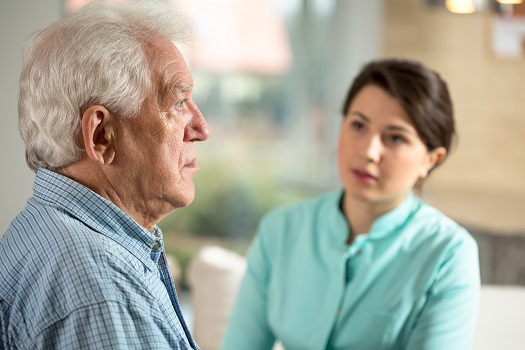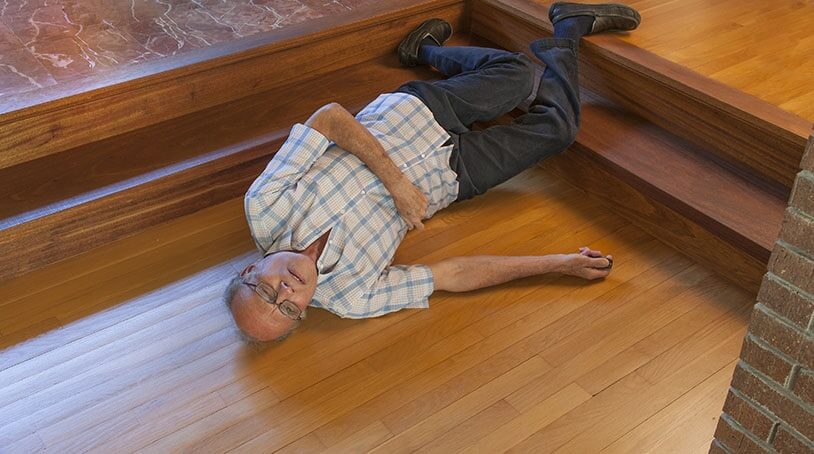As our loved ones age, ensuring their safety becomes a top priority, especially for those with visual impairments. Fall detection for elderly with poor vision is crucial in maintaining their independence while providing peace of mind for family caregivers.
With the increase in life expectancy, more families are faced with the challenge of caring for elderly relatives who may have poor vision. This makes them more susceptible to falls, which can lead to serious injuries. It’s essential to understand how technology can aid in fall detection and prevention.

Understanding the Challenges of Poor Vision in the Elderly
Poor vision is a common issue among the elderly, often resulting from conditions like cataracts, glaucoma, and macular degeneration. These conditions can significantly impact their ability to navigate their environment safely.
The Impact of Falls on the Elderly
Falls can have severe consequences for the elderly, leading to injuries such as fractures, head trauma, and even fatalities. The fear of falling can also cause anxiety, reducing their quality of life and independence.
The Importance of Fall Detection Technology
Technology plays a vital role in monitoring and preventing falls. Devices equipped with sensors can detect sudden movements or changes in posture, alerting caregivers immediately. This rapid response can prevent further injury and provide timely assistance.
Types of Fall Detection Devices
There are several types of fall detection devices available, ranging from wearable gadgets to advanced home systems. Each has its own set of features tailored to meet the needs of the elderly.
Choosing the Right Fall Detection System
Selecting the right system involves understanding the specific needs of the individual. Factors such as mobility, living environment, and personal preferences should be considered.
Wearable Devices
Wearable devices, such as smartwatches or pendants, are popular for their portability and ease of use. They can monitor movements and send alerts if a fall is detected.
Home-Based Systems
Home-based systems offer comprehensive monitoring, using sensors placed throughout the home to track movement patterns and detect falls. These systems can be integrated with other smart home technologies for enhanced safety.
For more insights on privacy-friendly solutions, visit our related article.
Integrating Smart Technology
Smart technology can be a game-changer for elderly care. Integrating IoT sensors and smart home devices can create a safer living environment for those with poor vision.
Learn more about how IoT sensors are transforming everyday living.
Benefits of Fall Detection for Family Caregivers
For family caregivers, having a reliable fall detection system in place provides peace of mind. They can rest assured knowing that their loved ones are being monitored and that help is readily available if needed.
Reducing Anxiety and Stress
Knowing that there is a system in place to detect falls can significantly reduce the anxiety and stress that often accompany caregiving. It allows caregivers to focus on providing emotional support and companionship.
Conclusion
Fall detection for elderly with poor vision is an essential component of modern elderly care. By leveraging technology, we can create safer, more independent living environments for our aging population, ultimately enhancing their quality of life.
For additional information on fall prevention strategies, visit the Health in Aging website.

FAQ
What is the best fall detection device for the elderly?
The best device depends on individual needs. Wearable devices offer portability, while home systems provide comprehensive monitoring.
How does fall detection technology work?
Fall detection devices use sensors to monitor movement patterns. If a fall is detected, an alert is sent to caregivers.
Can fall detection systems prevent falls?
While these systems cannot prevent falls, they can ensure timely assistance, reducing the severity of injuries and providing peace of mind.
This article contains affiliate links. We may earn a commission at no extra cost to you.






